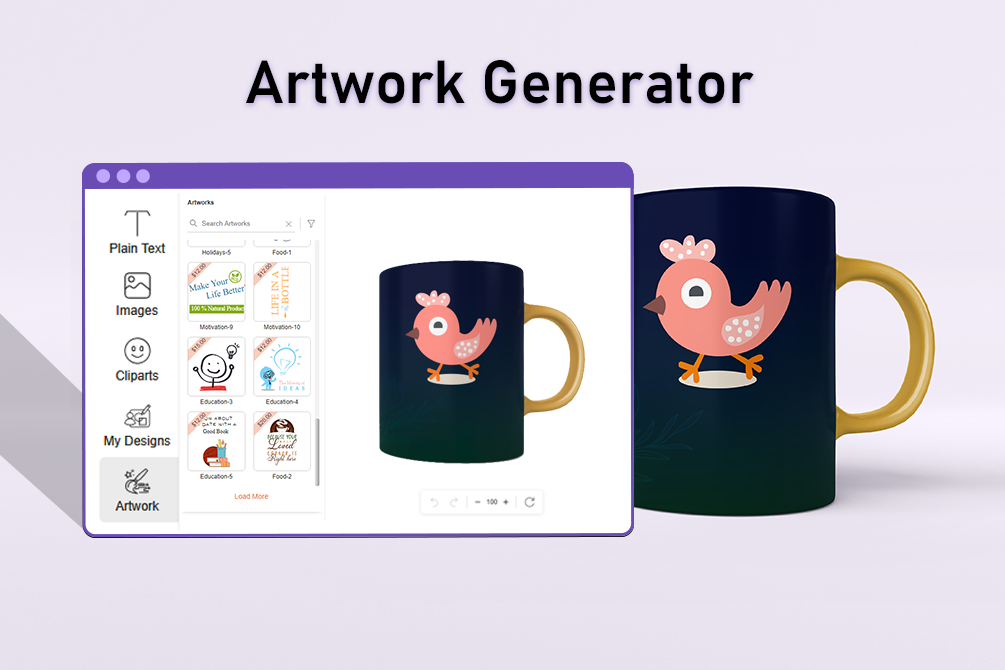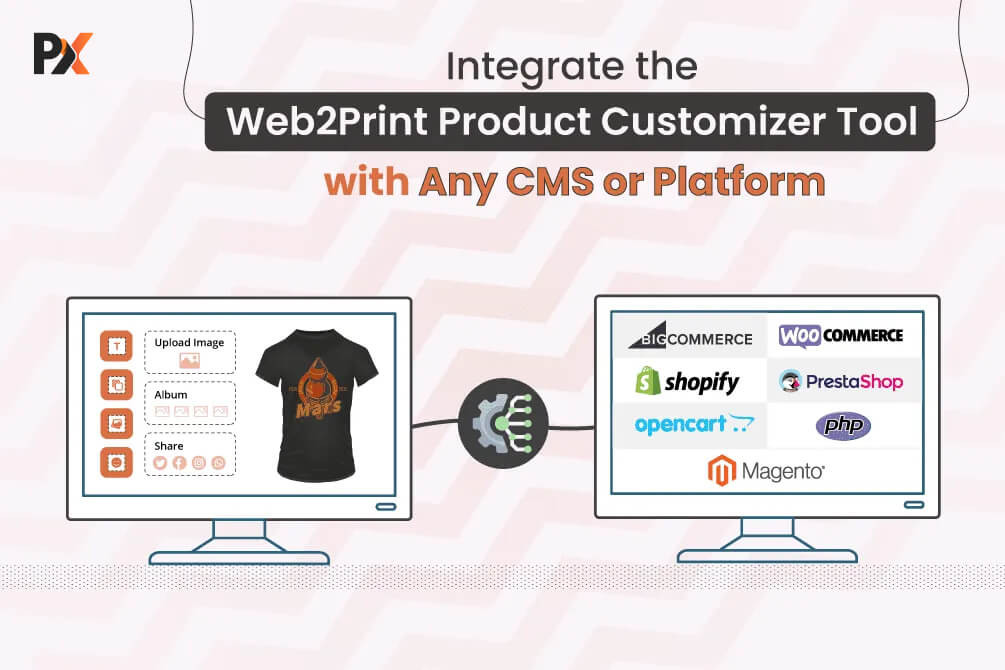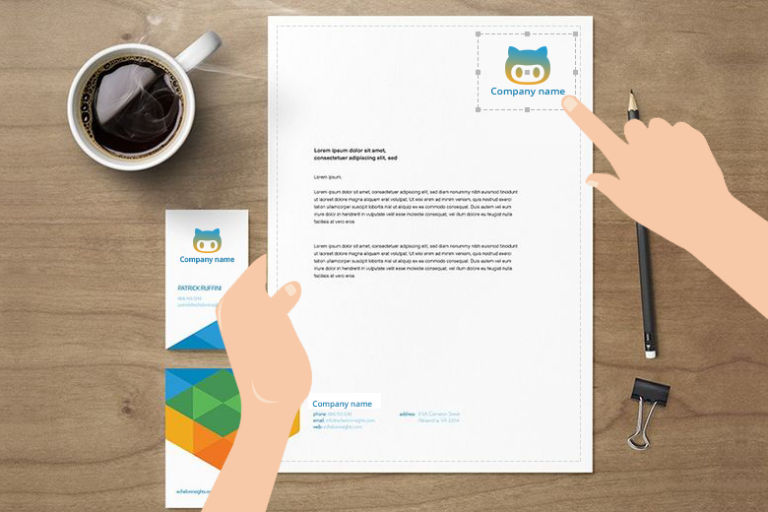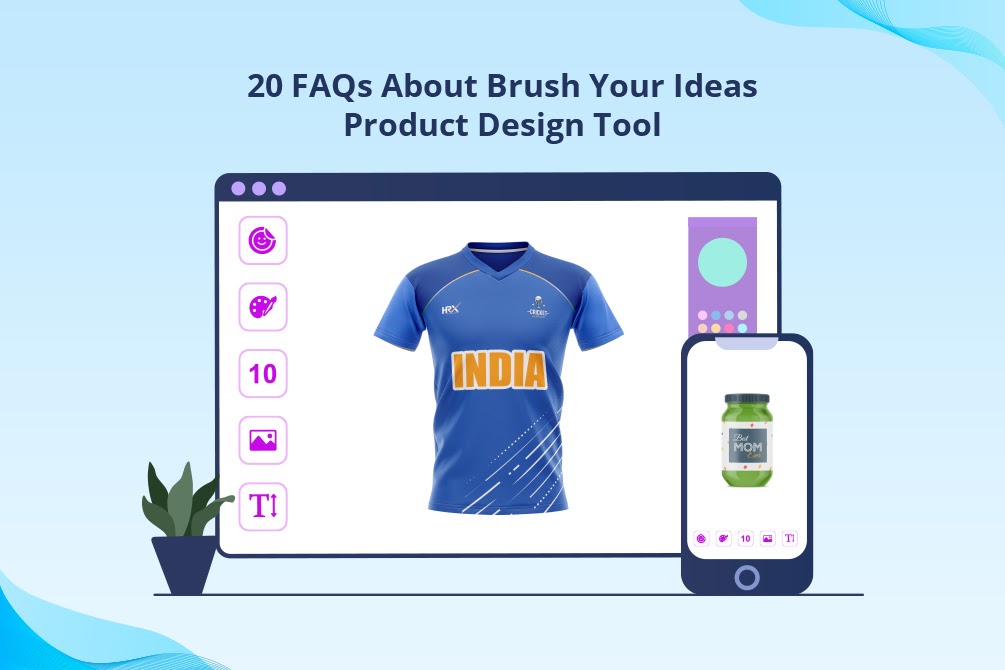Imagine the expectation v/s reality meme that you somewhere saw on the Internet. Like this one.
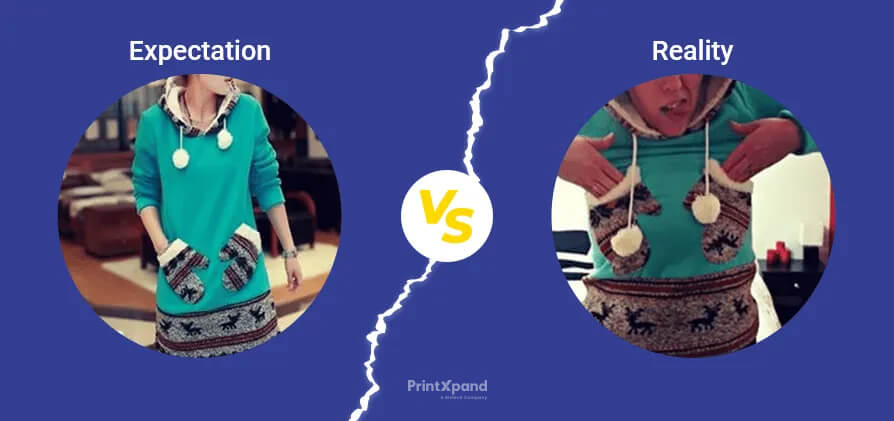
(Image Courtesy: Funnypicsonly.com)
Funny? For sure!
But have you ever thought about why this happens in the first place?
Behind such memes lies one of the biggest challenges of businesses selling personalized products – ’how to best meet customer expectations?’
If you have the answer, only then you can strike a balance between attracting customers, by promising to fulfill their needs and delivering on that promise.
The only issue is, how do you cater to the individual demand of thousands of customers? If you are struggling with the same problem this guide is for you!
Here’s a quick overview of topics that the post covers:
- The Challenge in Managing Customer’s Unique Expectations
- Artwork Generator as a Solution
- How Having an Artwork Generator Paves the Way for Business Expansion
The Challenge in Managing Customer’s Unique Expectations
Before we discuss the issues in handling customer expectations, I’d like to talk about Zappos. Its customer service and responsiveness never cease to amaze me.
In one such case of Zappos being Zappos, is this instance of a lovely response their team sent to a customer.
The customer had sent an email to the company’s CEO, and even though he was not available, a representative ensured the customer received a reply.
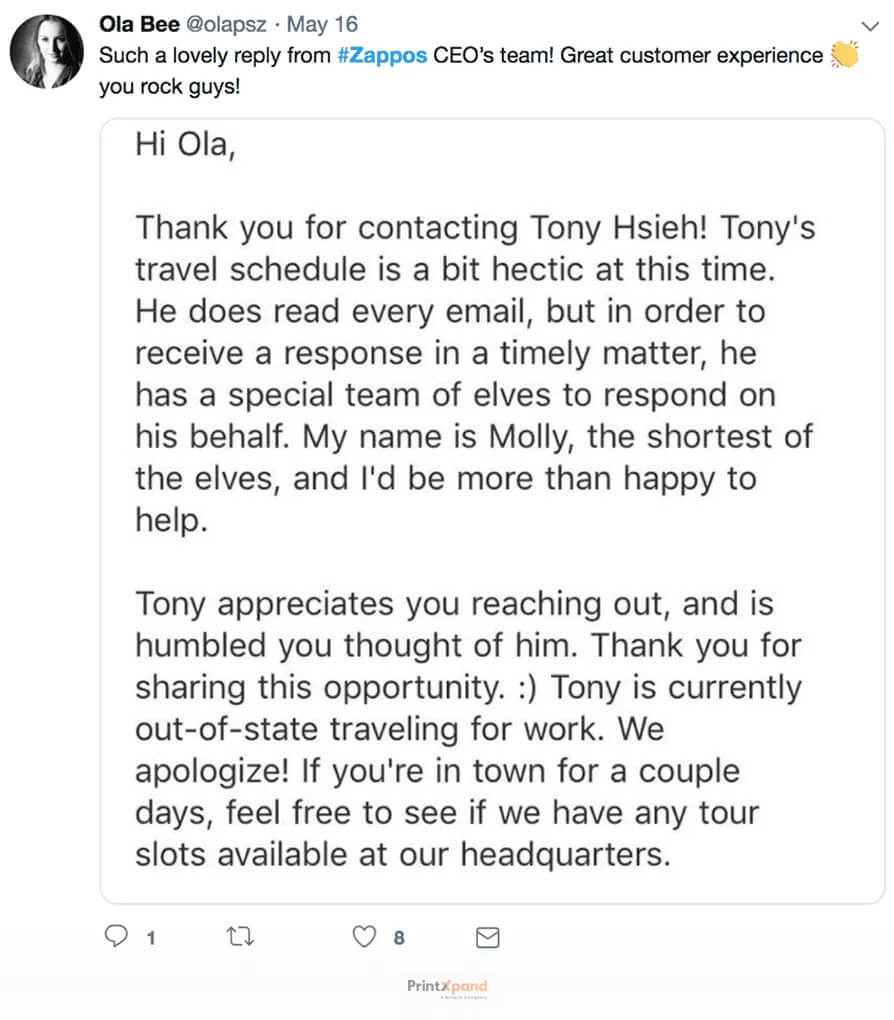
(Source)
This is their way of conveying the message that they value their customers and take care of their needs.
The takeaway is when a shopper takes the pain to send an email, they expect to get some response.
The purpose of sharing this story is to highlight the fact that today, customers seem to be more demanding of what they expect from your brand.
Earlier, a good quality product and a reasonable price were sufficient to win shoppers’ heart. But now things have changed.
Having the best product is just half the battle won. Your shoppers seek way many things from your brand like a quick response, great customer service, a better-personalized shopping experience, etc.
Different Customers, Different Requirements
Managing customers’ expectations can be tricky especially because no two customers are the same. Every shopper visiting your store has different requirements.
For instance, one shopper buying a personalized t-shirt from you will want just a graphic in monochrome. While another likes the graphic but with different colors, or maybe would want to add a few ready-clipart or a tagline.
It is difficult to meet their expectations if you don’t know what they want from you. To understand this, you will have to understand the type of audience who come to your online store.
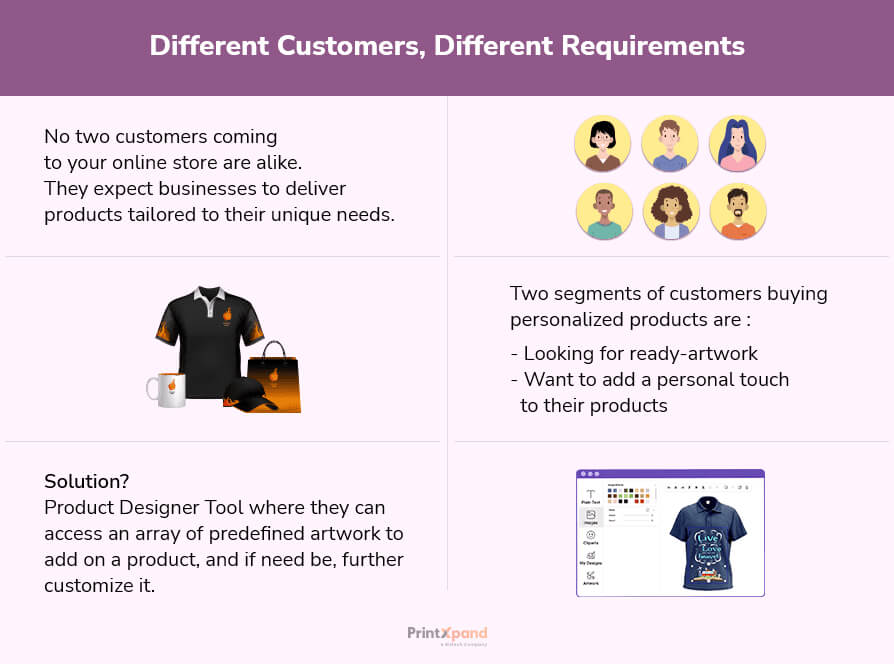
There are two segments of customers:
- One type of customer is one who would not want to put in too much effort and yet get a personalized product in less time.
- The second segment of customers includes those who want control over what they are buying. They want to make customizations themselves and create a product exclusively for them.
These customers expect that brands provide them with the facility of product customization where they can upload custom images, add their favorite quotes, change the image background, and more.
Millennials consist of the majority of this segment. They look for products designed specifically for them. The more personalization you provide, the more they value your brand over others.
Artwork creator is what you need to cater to the need for customization for both these segments. PrintXpand offer a full-fledged Product Designer Tool that works as an art generator.
No matter what you sell, and what customers you cater to, this artwork creator is all you need to successfully sell customizable products online. Get all the details about the tool by clicking the link below.
Artwork Generator as a Solution
The quickest and easiest way to cater to the demands of all your customers is to invest in a Product Designer Tool. With the in-built feature of artwork management, the tool works as an artwork creator where you create dynamic, print-ready artwork for your customers.
What’s a print-ready artwork?
It is basically a predefined design that you, as a store owner can create using multiple features like clipart, quotes, text, name and number, etc.
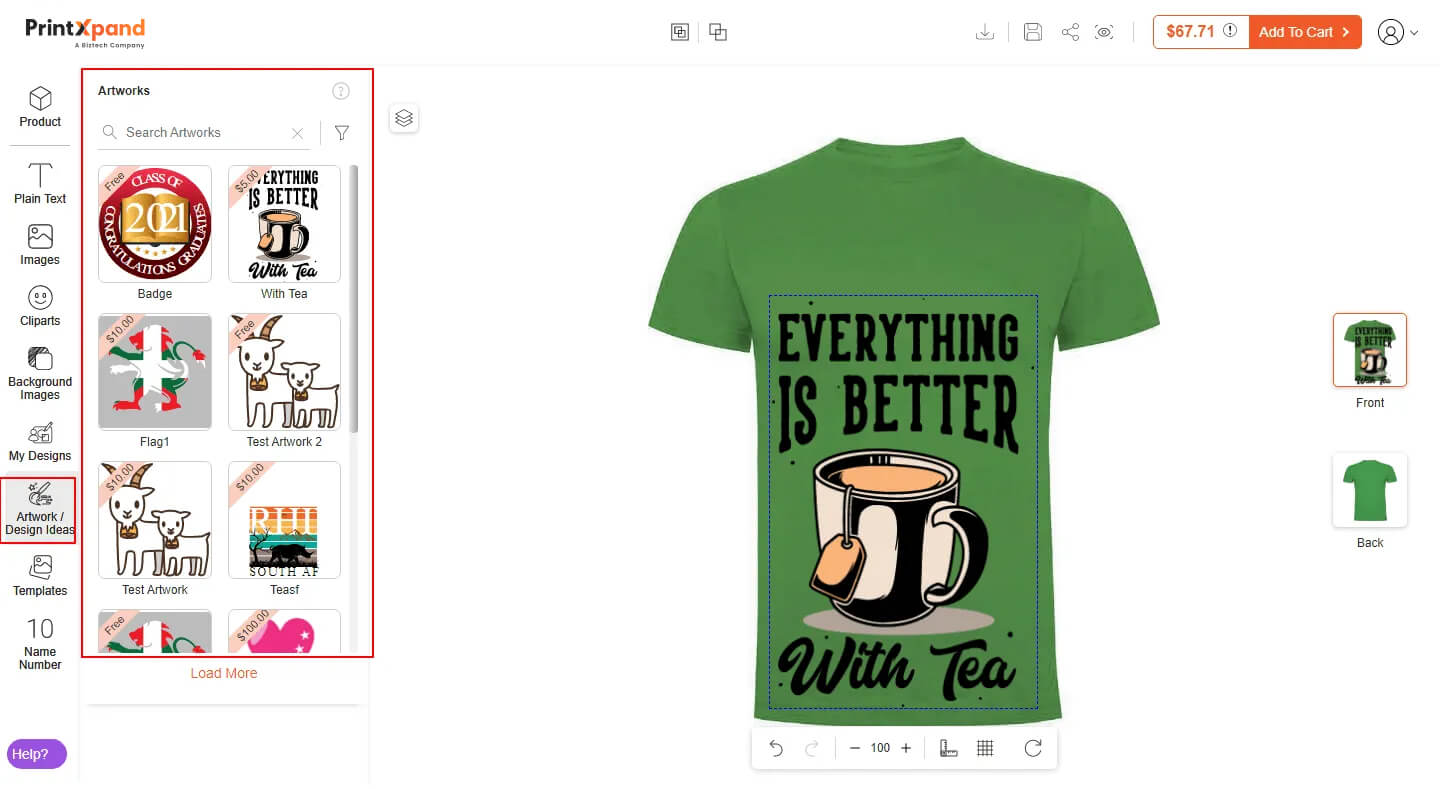
Once you create an artwork with an art generator, you can assign it to single or multiple products as per your requirements. After you import them to the artwork generator, they will get displayed in the front-end from where your customers can access them.
Suppose your end customer is looking for a personalized mug, they can browse and choose from various artwork and proceed to place an order.
How to create or import artwork?
Once you integrate the artwork creator, and it becomes a part of your eCommerce admin panel, you can set different configurations as per your requirement.
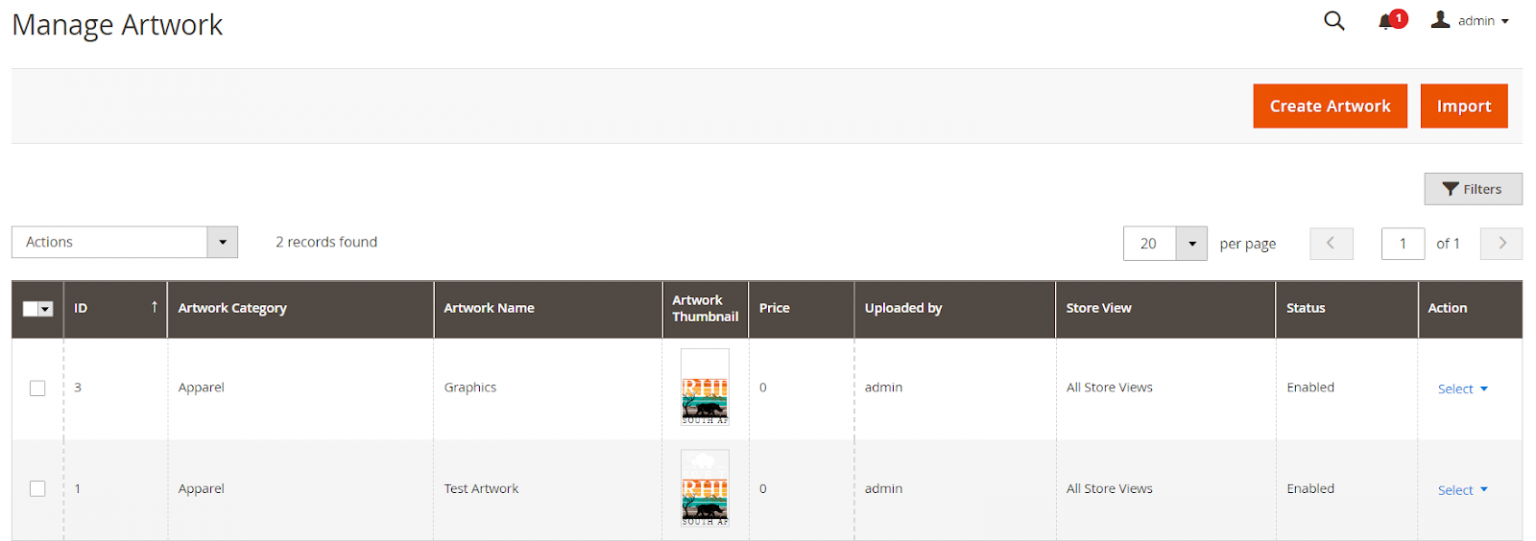
If you already have existing artwork, the tool gives you the ability to import and manage artwork. You can name artwork, categorize them (apparel > t-shirt > t-shirt for kids, etc.), add price, and so on. Once you save all the configurations, the feature will be enabled in the frontend.
Just in case you want to create new ones, you can do so using different features available in the tool. For instance, if you want to use art generator combining clipart and quotes, then you can create that easily using the tool.
Click the link below to explore all the features of the tool including artwork manager, template manager, clipart, text, admin panel, and more.
How does artwork ease selling in bulk?
This feature offers great convenience, especially if you cater to the B2B segment. Having an artwork generator quickens the process of creating personalized products in bulk.
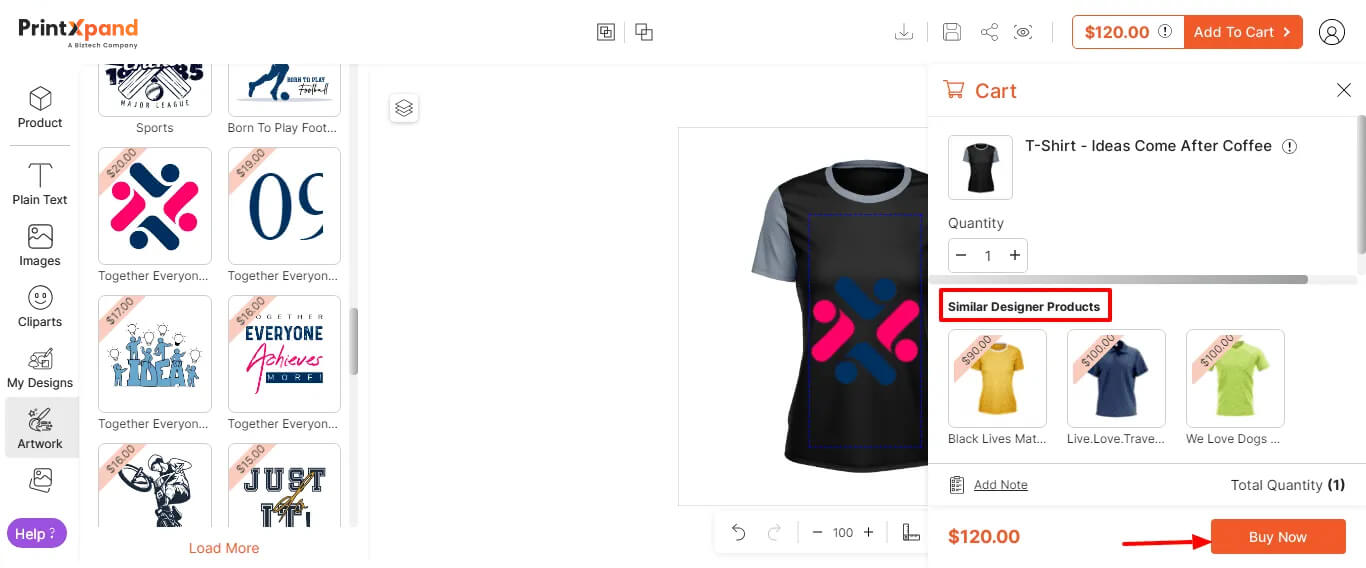
In just one click, users can apply artwork to multiple products. Suppose they are buying 50 t-shirts, 40 hoodies, 20 bottles, they need not add designs individually to each product. In one go they can apply similar designs to the rest of the products and buy.
Completely customizable artwork
It is important to note that the artwork is editable and offers the ability to change the position of different layers and objects. Shoppers can access the tool’s other features like image upload, text editor, image effects, background manager, etc. to customize further.
Plus, the dynamic pricing system of the tool helps you set the price in the backend for each and every customization a user does. That will be reflected in real-time when using the tool.
The tool is compatible with all eCommerce platforms and works with any product that has a printable surface. The industry-specialized layout of our tool helps you deliver a seamless experience no matter what industry you are in.
Learn more about how the tool can benefit your business.
How Having an Artwork Generator Paves the Way for Business Expansion
Investing in the right tool will help you fulfill all your goals, be it attracting new customers, closing more deals, expanding your product offerings, or finding other revenue streams.
We understand your need to be able to scale and thrive in a competitive market. Therefore, we have prioritized building a tool that helps you accelerate your business with ease.
Suppose currently you are selling only personalized apparel but you want to expand your offerings and include other products in the future, maybe accessories along with apparel. Using the tool, you can save the artwork and re-use them on multiple products.
Another big advantage of having an artwork generator is that you can easily get started in catering to a new market – C2C.
Consumer-to-consumer eCommerce is just like a flea market but online. Your store works as a platform where artists or designers can offer their services like designs or art. Your end customers can purchase your products with unique designs.
Etsy is a good example to understand how the C2C market works. Etsy enables artists to put their designs on display, and buyers can purchase products from across the globe.
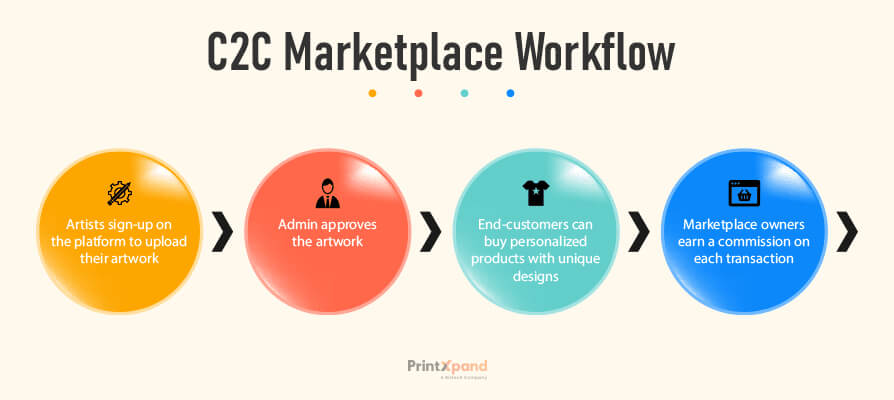
A C2C marketplace includes three main stakeholders:
- Marketplace owner who offers a centralized system to design/art provider to sell their creation.
- Designers/artists who can sell their designs to end-users.
- End-customers can buy personalized products with unique designs.
Here’s how the typical workflow of a C2C marketplace looks: artists sign up on your platform and create their account. They upload their artwork which end-customers can use when purchasing products.
As a store owner, you earn a commission on every transaction. The kind of revenue model you choose depends entirely on your business requirements.
However, the most popular ways to earn revenue include subscription, commission, and listing fees. In a subscription model, you can charge marketplace users a recurring fee.
Or you can earn commission from end customers, artists, or both, for each transaction that happens on your platform. And the third option is when you charge every artist for listing their artwork on your platform.
Interested in knowing more about how you too can build one such platform? We can help you launch a feature-rich C2C marketplace. Read more about the features, and how to build on by clicking the link below.
Give a Boost to Your Business with PrintXpand
PrintXpand has everything you need to cater to your shoppers in the best possible way. Our Product Designer Tool helps you create and sell amazingly designed products that your customers are sure to love.
We understand the need of having a tool that is easy to use for end customers. Our unflinching focus on offering an intuitive UI aims to make the process of customizing products hassle-free for the user.
Irrespective of whether a customer coming to your store has technical knowledge or not, they can customize with ease. If someone doesn’t want to put in too much effort, they can quickly proceed with payment by choosing ready-to-print designs that they can apply to their product.
For more than 14 years, we have been helping businesses in the printing and eCommerce industry with our dynamic designer tool. And we would love to help you successfully implement customization on your store.
Take a product tour to experience our tool’s capabilities.
All product and company names are trademarks™, registered® or copyright© trademarks of their respective holders. Use of them does not imply any affiliation with or endorsement by them.
